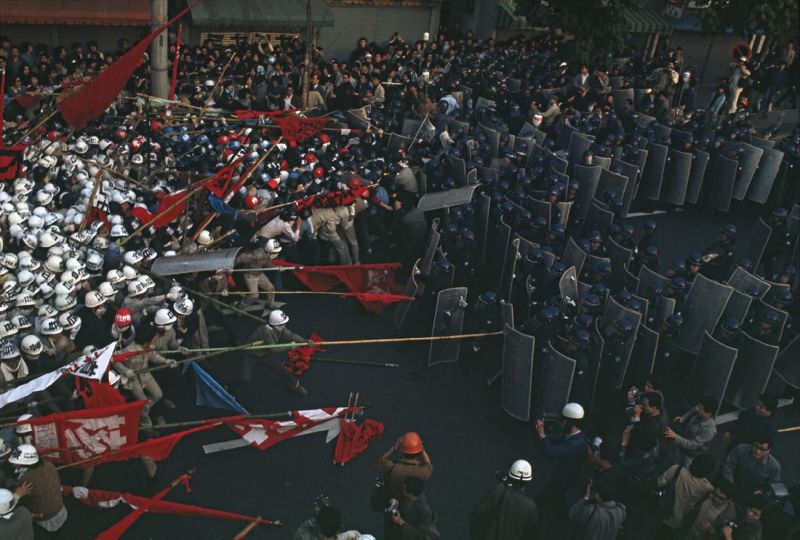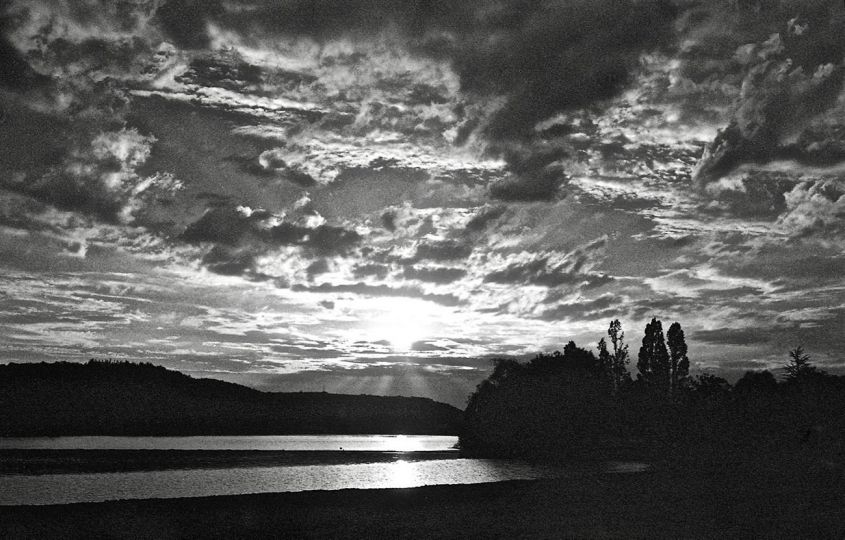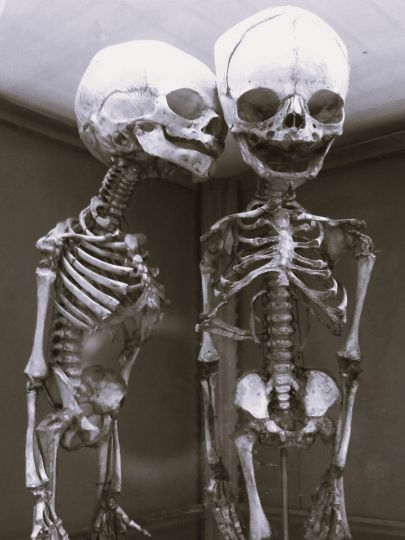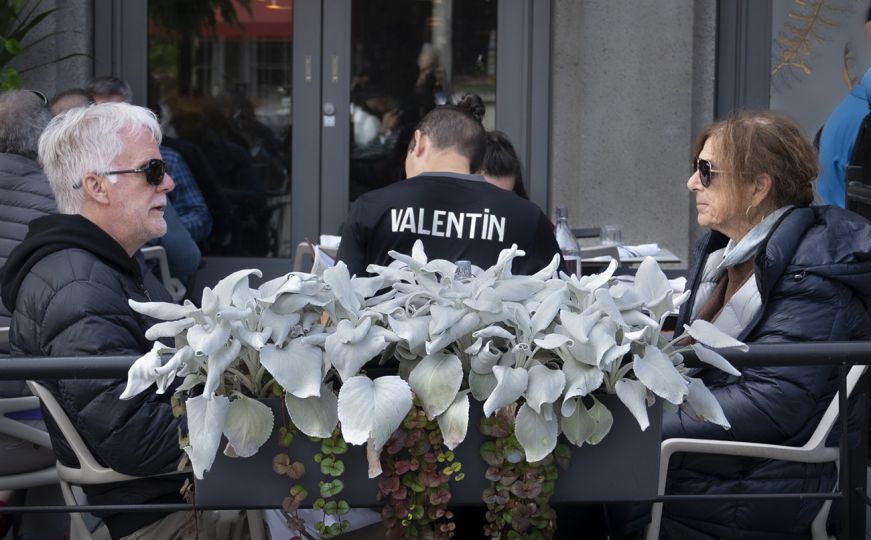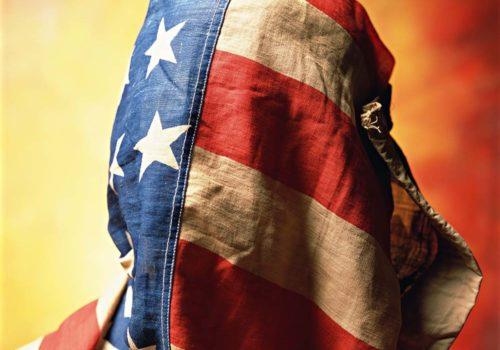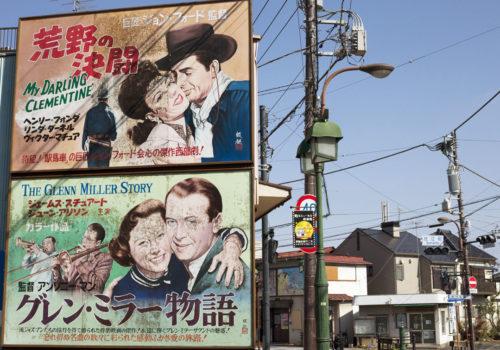Monthly Chronicle of Thierry Maindrault
How many times, getting in a gallery or entering an exhibition hall (even among the most prestigious) I held back not to turn around. However, the photographic works exhibited were not at the origin of my repulsive reflex. Inhabited by doubt and facing some reactions similar to mine, I found the opportunity to engage in a few conversations (which we pompously identify by study of motivations and by analysis of behavioural reflexes). If you have had the possibilities to listen people inside these ill-prepared places, do you remember the comments? “What a jumble!”, “It has neither tails, nor heads!”, “What have we come here to do?”, “What a pity for these photographs, the author did not understand anything”, “It is not an exhibition, it is a flea market ”,“ Why do we have to kneel down and look back to see … ”, I shall spare you that and much more.
I will state it loud and clear, scenography is absolutely essential for the presentation of works of creation or works of Art. This is all the more essential when it concerns Photography. How many interesting works have not found an audience for lack of a judicious scenography. But beware, the scenography is neither the exhibition, nor its object and that in all cases. There is no question of reversing the roles and imposing form instead of substance. The real dialogue must be exclusively between the image and the reader. The scenography with its atmosphere, its organisation, its ways, its surprises, its rigour, its relevance must ensure an imperceptible coherence to a whole, even if the latter is very heterogeneous. The scenography work must be limited only to serve the exhibited works.
The scenography is a real know-how which requires a multitude of particularly complex knowledge causing permanent challenges until the beginning of the opening. You should also know that the same exhibition, always composed of the same number of identical photographs, must be the subject of very different scenographies for each of its new presentations according to the architecture of the exhibition space, according to the geographical location of the exhibition, according to the public expected at the exhibition, according to the period of the year of the exhibition, according to the material availability of the exhibition, according to the mercantile characteristics of the exhibition. You will notice that I did not mention a budget. Because the scenography which is an essential complement to the exchange between your works and the onlookers requires no or a very low money. The scenography is built almost and essentially with grey matter. I have seen fortunes swallowed up in crappy presentations and superb presentations made with two bits of string.
You challenge me to explain the extent and the complexity of the know-how of a real scenographer. He is a director and all the elements for the enhancement of the event are important; but, in the end, it is still he who makes the cream sweet or the milk sour! He must remain invisible, and yet, in the service of the exhibited works, he ensures the residual feeling of visitors.
The scenographer will anticipate the times of individual dialogues between each work and visitor curiosity and he will regulate the flows. He will define the right light intensity for each of the works. He will order the directions for going on and reading. He will accentuate the impact of the message if possible with the possible sizes of the works and their distance of visibility. He will guarantee the safety of the works exhibited without removing their appeal, even partially. He will calculate the geometric positions that allow each one to have readability, without interference for each of the photographs. He will use the bases of the natural decorations of the site or carry out judicious decorating. He will set up light and intuitive markings supplemented by informative and not exuberant signage. He will identify and respect the historical and heritage character of the environment of the facilities. Etc.
The list is very long and yet each point is essential to the harmony of the whole which will suffer the consequences of the weakest link of coherence.
All photographic creators and authors of images wish to present their work in one or more of the many events promoting Photography. Accepting to exhibit is to ensure the competence of a scenographer if the object of the exhibition is indeed an interaction with an audience and not something to add one more line in a curriculum vitae. In the absence of this pivot for your creations, learn the minimum rudiments. Many exhibitions curators are still too far from the presentation and are satisfied with the supposed prestige of the signatures that they think you will discover.
All photographers are aware of the need for a good graphic layout (which is almost as complicated as a set design) for the book they dream of. But, too few of them imagine that is essential for a good installation of their works in a space.
At the origin of a photographic image we demand technical qualities suitable from the shooting equipment, we carry out the multiple complex laboratory work (whatever the technique used), we must use all the ideas available for the presentations and the interpretations of messages delivered and of emotions aroused.
Let us not forget the importance of this third part if we want Photography to remain linked to Art.
March 12, 2021
please leave your comments at





